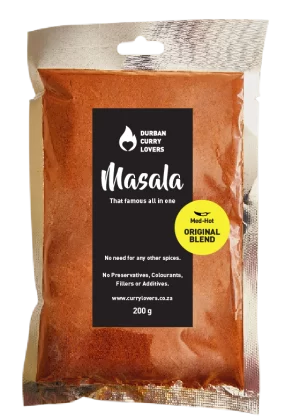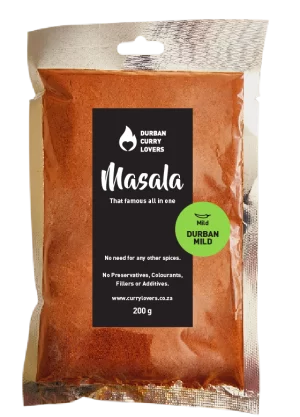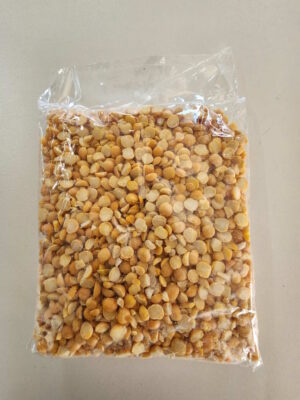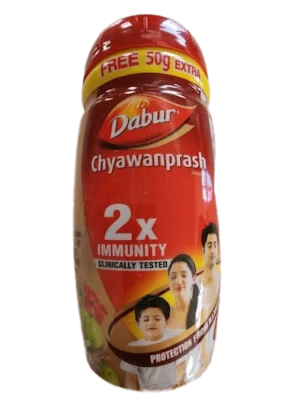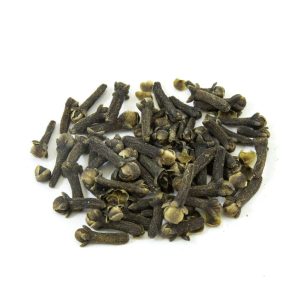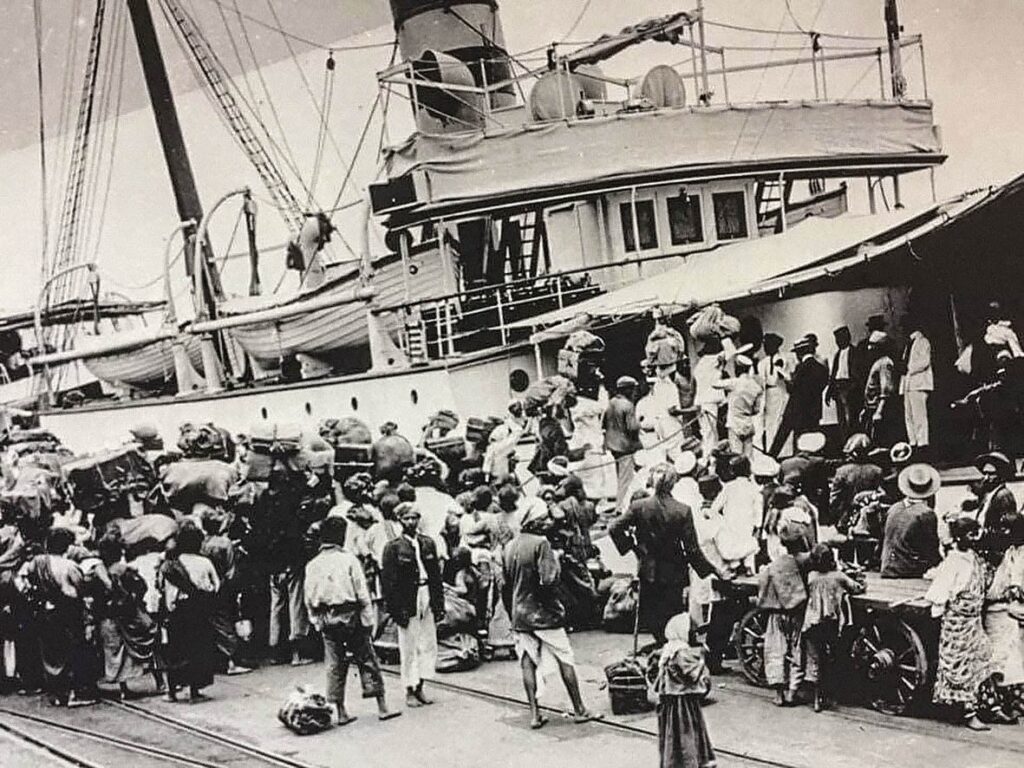
From the vibrant colors of their traditional dress to the mouth-watering flavors of their unique cuisine, the Indian community has left an indelible mark on South Africa’s cultural tapestry.
Over the past century and a half, this resilient group has etched a lasting legacy in the Rainbow Nation, influencing everything from the food we eat to the values we uphold.
Our story delves into the history of the Indian community in South Africa, exploring the circumstances that bought them to South Africa, the period of their arrival, and the substantial contributions they’ve made to South African society.
The Journey Begins: Indian Arrival in South Africa
The story of Indians in South Africa begins in the mid-19th century, a time when the British Empire was expanding its colonies across the globe. Around 1860, the British transported a large number of Indians to Natal, a province in eastern South Africa, to work on sugarcane plantations. Known as indentured laborers, these workers were essentially contracted to work for a specific period, usually five years. This mass migration marked the beginning of a long and enduring journey for the Indian community in South Africa.
Despite facing considerable hardships, the indentured laborers persevered. Following the completion of their contracts, many chose to stay in South Africa, setting up small businesses and farms. Over time, their numbers swelled with the arrival of ‘passenger Indians’ – merchants, traders, and professionals who migrated voluntarily.
Cultural Fusion: Indian Cuisine in South Africa
Indian immigrants brought more than just their labor skills to South Africa; they also introduced an array of delectable foods and recipes. South African cuisine was forever changed by the introduction of Indian spices, methods of preparation, and distinctive flavors.
Durban Curry has become, not only one of the most loved foods in South Africa, but our Durban Curry has become famous all over the world, gaining cult like status amongst Curry Lovers everywhere.
One of the most notable culinary contributions is the ‘bunny chow,’ a fast food dish consisting of a hollowed-out loaf of bread filled with delicious curry. This iconic dish, which originated in Durban’s Indian community, is now a beloved staple across South Africa.
Another significant contribution is the biryani, a flavorful, aromatic rice dish often cooked with meat, fish, or vegetables. Indian migrants’ love for spicy food also gave birth to Durban curry, a hotter version of traditional Indian curries.
The Indian Contribution to South Africa
The impact of the Indian community extends well beyond the realm of cuisine. They have made substantial contributions to various sectors, including trade, education, politics, and social activism.
One prominent figure is Mahatma Gandhi, who spent 21 years in South Africa fighting for the civil rights of the Indian community. His philosophy of nonviolent resistance, known as Satyagraha, was born during his time in South Africa and later became instrumental in India’s struggle for independence.
In the realm of commerce, Indian traders and merchants have played a vital role in boosting the South African economy. From small corner shops to large retail chains, Indian businesses have flourished, generating employment and contributing significantly to the country’s GDP.
Moreover, Indian South Africans have also made strides in academia and the arts. Their influence can be seen in the country’s literature, music, dance, and film industries, where they have both preserved traditional Indian art forms and fostered innovative new styles.
In Conclusion
The history of the Indian community in South Africa is a testament to the power of resilience, adaptability, and cultural exchange. Despite the hardships they faced, they managed to retain their unique cultural identity while also contributing significantly to their adopted homeland.
As we continue to celebrate South Africa’s multicultural heritage, let’s take a moment to appreciate the vibrant colors, flavors, and spirit of the Indian community that have become an integral part of the nation’s fabric.

